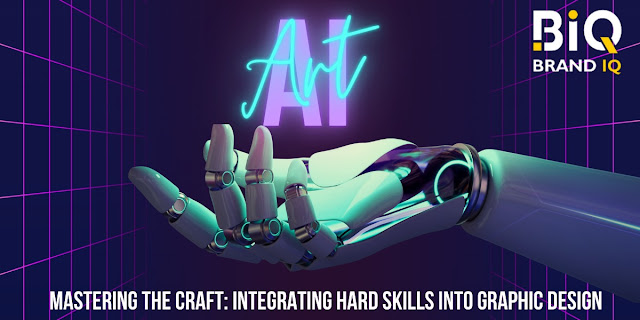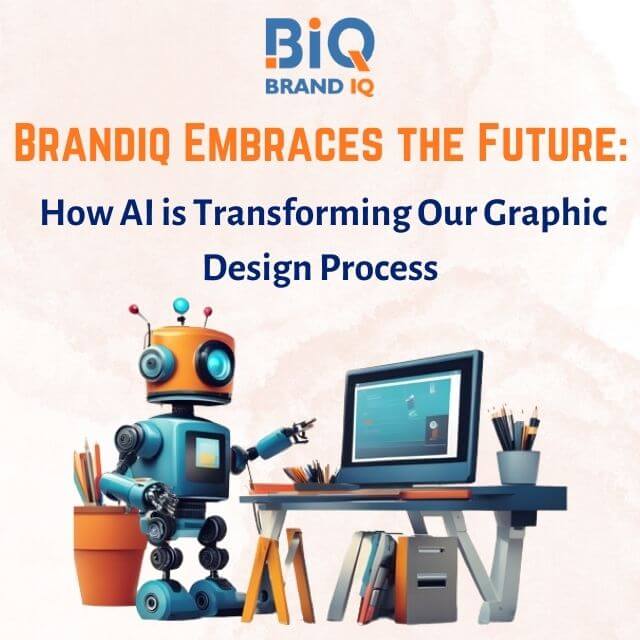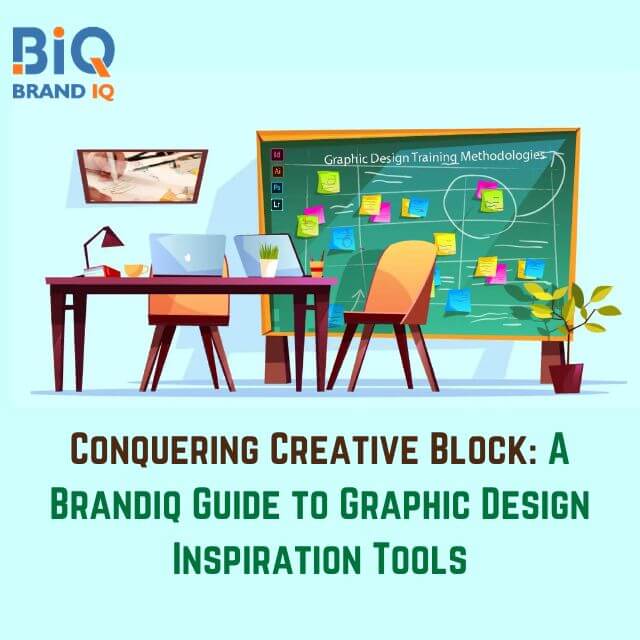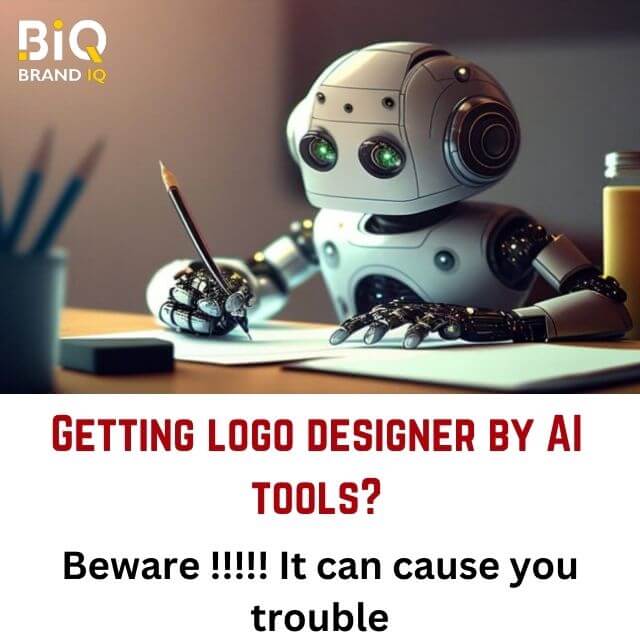Graphic design is a dynamic field where creativity meets technology. While creative vision is the heart of the process, it's the hard skills that breathe life into the designs. From image editing to video editing and coding, these technical skills are the backbone of modern graphic design. In this exploration, we'll embark on a journey to understand how these hard skills seamlessly intertwine with graphic design, shaping it into an art form that resonates with both the eye and the mind. From the precision of image editing to the narrative power of video editing, and the fusion of coding with design, let's delve into how these skills are implemented to weave the tapestry of modern graphic design.
Let’s see how these hard skills are seamlessly integrated into the realm of graphic design, turning ideas into captivating visuals.
1. Image Editing: Polishing and Perfecting VisualsImage editing is a cornerstone skill in graphic design. It involves manipulating and enhancing images to meet specific artistic or project requirements. Tools like Adobe Photoshop and Illustrator are the designer's palette, allowing them to retouch photos, adjust colors, remove imperfections, and create stunning visual effects. Whether it's designing a brochure, a poster, or a website, image editing ensures that the visuals are not just appealing, but also aligned with the brand's identity.
2. Video Editing: Crafting Compelling Visual NarrativesWith the rise of multimedia content, video editing has become an indispensable skill for graphic designers. It involves piecing together raw footage, adding transitions, overlays, and effects, and synchronizing audio to create a compelling visual story. Whether it's a promotional video, an animated logo, or a social media ad, video editing allows designers to evoke emotions and convey messages effectively. This skill transforms static designs into dynamic narratives that engage audiences on a whole new level.
3. Coding: Enabling Interactive and Dynamic DesignsCoding might not be the first thing that comes to mind when thinking about graphic design, but it's a skill that's becoming increasingly relevant. Understanding HTML, CSS, and even basic JavaScript empowers designers to create interactive and responsive designs. This is especially valuable for web design, where designers can bring their creations to life with animations, dynamic elements, and user-friendly interfaces. Coding bridges the gap between design and functionality, resulting in a seamless user experience.
4. The Synergy of Hard Skills: Collaboration and InnovationThe implementation of hard skills in graphic design is not a solitary endeavor. Collaboration plays a crucial role in harnessing the full potential of these skills. Graphic designers often work alongside specialists like video editors and developers to create well-rounded projects. For instance, a designer collaborating with a coder can ensure that a website's design translates accurately into the digital realm. This collaboration fosters innovation, enabling designers to push boundaries and deliver exceptional results.
Conclusion:
Graphic design is a blend of artistic vision and technical prowess. While creativity fuels the imagination, hard skills like image editing, video editing, and coding empower designers to turn concepts into reality. These skills enable designers to refine visuals, craft compelling narratives, and build interactive designs that captivate audiences. As the design landscape continues to evolve, mastering these hard skills will distinguish designers as versatile and forward-thinking creators who can bring any idea to life.




